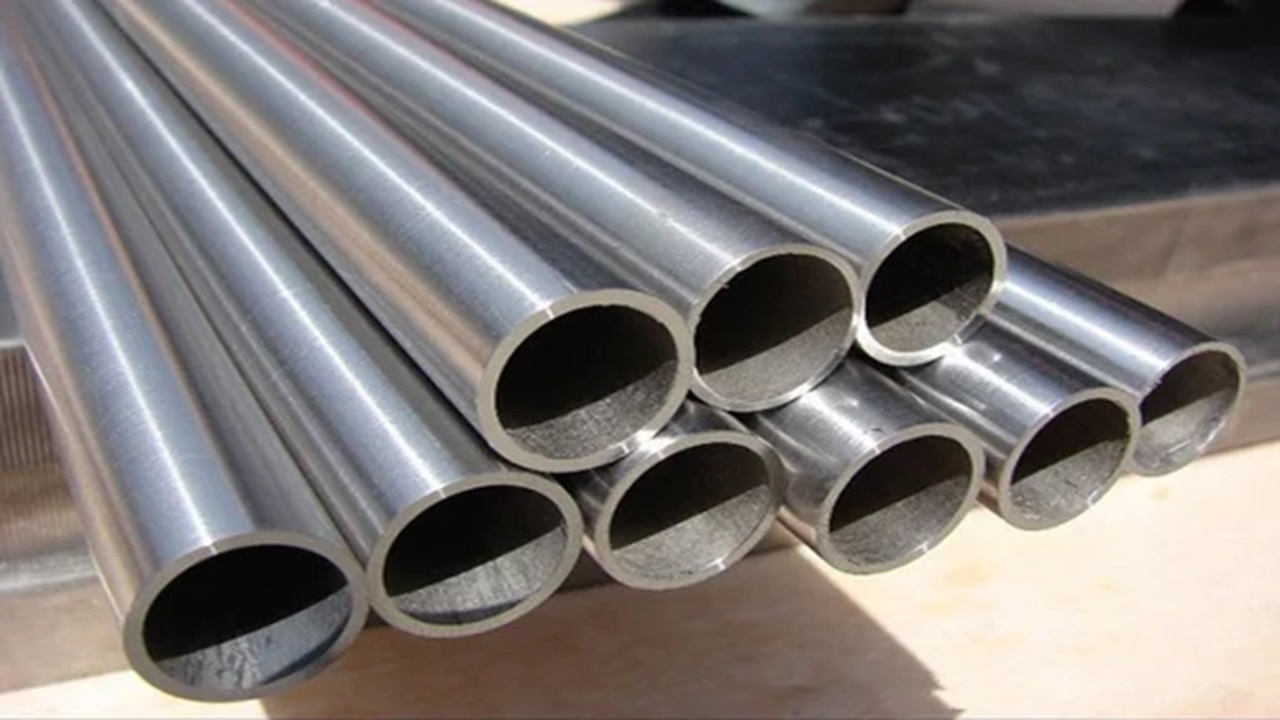Steel, a robust and versatile alloy, forms the backbone of modern construction, manufacturing, and infrastructure. The process of turning raw steel into usable structures involves various fabrication techniques that determine the final quality and characteristics of the end product. Steel fabrication is a complex and intricate craft that plays a pivotal role in shaping our world. In this article, we will delve into the fascinating world of steel fabrication techniques, with a particular focus on the production of structures like the carbon steel seamless pipe.
Cutting and Shaping
The first step in steel fabrication is cutting the raw material into the desired shapes and sizes. Traditional methods include sawing, shearing, and chiseling, but modern technologies such as laser cutting and plasma cutting have revolutionized this process. These advanced techniques provide precision and efficiency, allowing for intricate designs and minimizing material waste. Once cut, the steel undergoes shaping processes such as bending and rolling to achieve the required form.
Welding and Joining
Welding is a fundamental technique in steel fabrication, allowing different pieces of steel to be joined seamlessly. There are various welding methods, including arc welding, MIG welding, and TIG welding, each offering specific advantages depending on the project requirements. Skilled welders meticulously fuse the steel components together, creating strong and durable connections. The integrity of these welds is crucial, especially in projects where structural stability is paramount.
Machining and Assembly
Steel fabrication often involves machining processes to refine the final product. Machining techniques, such as milling, drilling, and turning, are employed to achieve precision and meet specific design specifications. Once individual components are machined, they are assembled into larger structures. This phase demands meticulous attention to detail, ensuring that each piece fits together seamlessly to create a cohesive and functional whole.
Forming and Rolling
Forming and rolling techniques are used to shape steel into curved or cylindrical structures. In the production of pipes, for instance, a flat steel sheet may undergo a forming process to achieve a cylindrical shape. The use of rollers and presses ensures uniformity and precision in shaping the steel. This is particularly relevant when considering the production of specialty items like the carbon steel seamless pipe, where a smooth, unbroken surface is crucial.
Finishing and Coating
Once the fabrication process is complete, the steel undergoes finishing touches to enhance its appearance and protect it from corrosion. Surface treatments such as painting, galvanizing, and powder coating provide a protective layer, ensuring the longevity of the fabricated steel product. The choice of coating depends on the intended use of the steel structure and the environmental conditions it will face.
Focus on Carbon Steel Seamless Pipe
In the realm of steel fabrication, the production of carbon steel seamless pipe is a noteworthy application. These pipes are known for their durability, strength, and resistance to corrosion. The seamless construction eliminates the need for welding along the length of the pipe, making it ideal for high-pressure applications. The fabrication of carbon steel seamless pipes involves precise techniques to ensure a uniform and unbroken structure, meeting the stringent requirements of various industries.
Conclusion
Steel fabrication techniques continue to evolve, driven by technological advancements and the ever-growing demands of diverse industries. From cutting and shaping to welding and finishing, each step in the fabrication process contributes to the final quality of the steel product. The production of speciality items like carbon steel seamless pipe exemplifies the precision and skill required in steel fabrication. As we explore new frontiers in construction and manufacturing, the techniques employed in steel fabrication will play a crucial role in shaping the structures that define our modern world.
